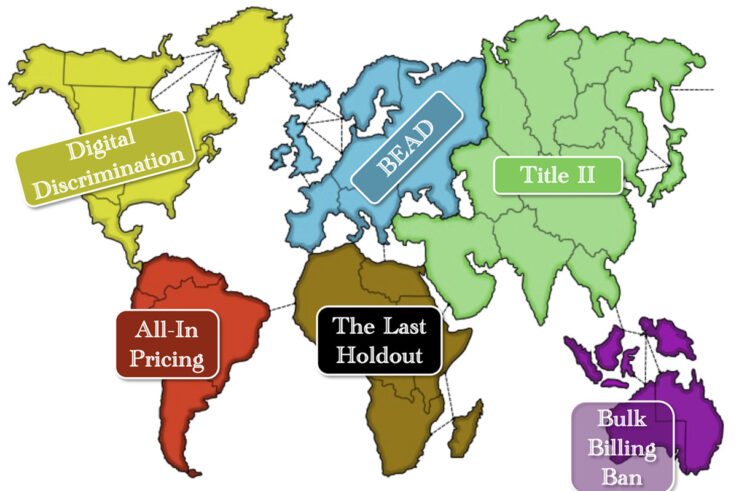This article is a part of the The Law & Economics of Interchange Fees Symposium symposium.
What happens when you take a key price in an industry and cut it in half? For normal markets economists would expect that this would have a dramatic effect on quantity. That, however, was not the experience in Australia when the Reserve Bank of Australian (RBA) used new powers in 2003 to move Visa and MasterCard interchange fees from around 0.95 percent of the value of a transaction to just 0.5 percent. The evidence demonstrates that this change was virtually undetectable in any real variable to do with that industry.
To begin, let’s review the RBA reforms. First, in January 2003, it moved to eliminate the card association’s ‘no surcharge’ rule. Then in October 2003, the new interchange fee came into effect. As this submission outlined, that latter move had an immediate impact on merchants service charges with acquirers passing on the full extent of the interchange fee reduction to retailers. However, there was no impact on the value of credit card purchases, the level of credit card debt or the share of credit versus debit card transactions. Econometric analysis by Melbourne Business School’s Richard Hayes (also appended to that submission) confirmed this. Moreover, that analysis demonstrated that credit card usage did vary with other economic factors including underlying interest rates in the expected direction. Put simply, if we did not know the reforms were actually taking place, you would not be able to observe it in the data.
What was there no impact? There are a couple of possible explanations. First, it may be that the interchange fee was only one of a number of payments between acquirers and issuers and that, unobserved to analysts and the regulator, those payments adjusted to net out the regulated cap. Second, consistent with economic theory, when surcharging is permitted (and it did occur in Australia most notably for online air ticket purchases and phone payments), the interchange fee is neutral (as I will discuss in my next post). That is, the interchange fee reduction causes merchant fees to fall but issuer fees to rise (or loyalty schemes to be curtailed) but otherwise does not impact on the consumer’s choice of payment instrument. However, even if that were the case, it is surprising that there was not some period of adjustment.
The RBA continues to regulate interchange fees but has signaled that it is unlikely to adjust them further. When it comes down to it, by capping the fee the industry has survived without disruption and the RBA has ensured that rising interchange fees and associated problems as has occurred in the US will be avoided. That said, it may interest non-Australians to learn that the previous interchange fee was set in the late 1970s and was never changed despite that dramatic changes in the industry over the next two and a half decades. If there was any country without a credit card anti-trust problem it was probably Australia.
The Australian experience tells us that interventions to regulate interchange fees are probably not as important as ones that might deal with other card association rules or generic competition. But it also tells us that such interventions are unlikely to have dramatic consequences for the industry on the choice of payment instruments.




